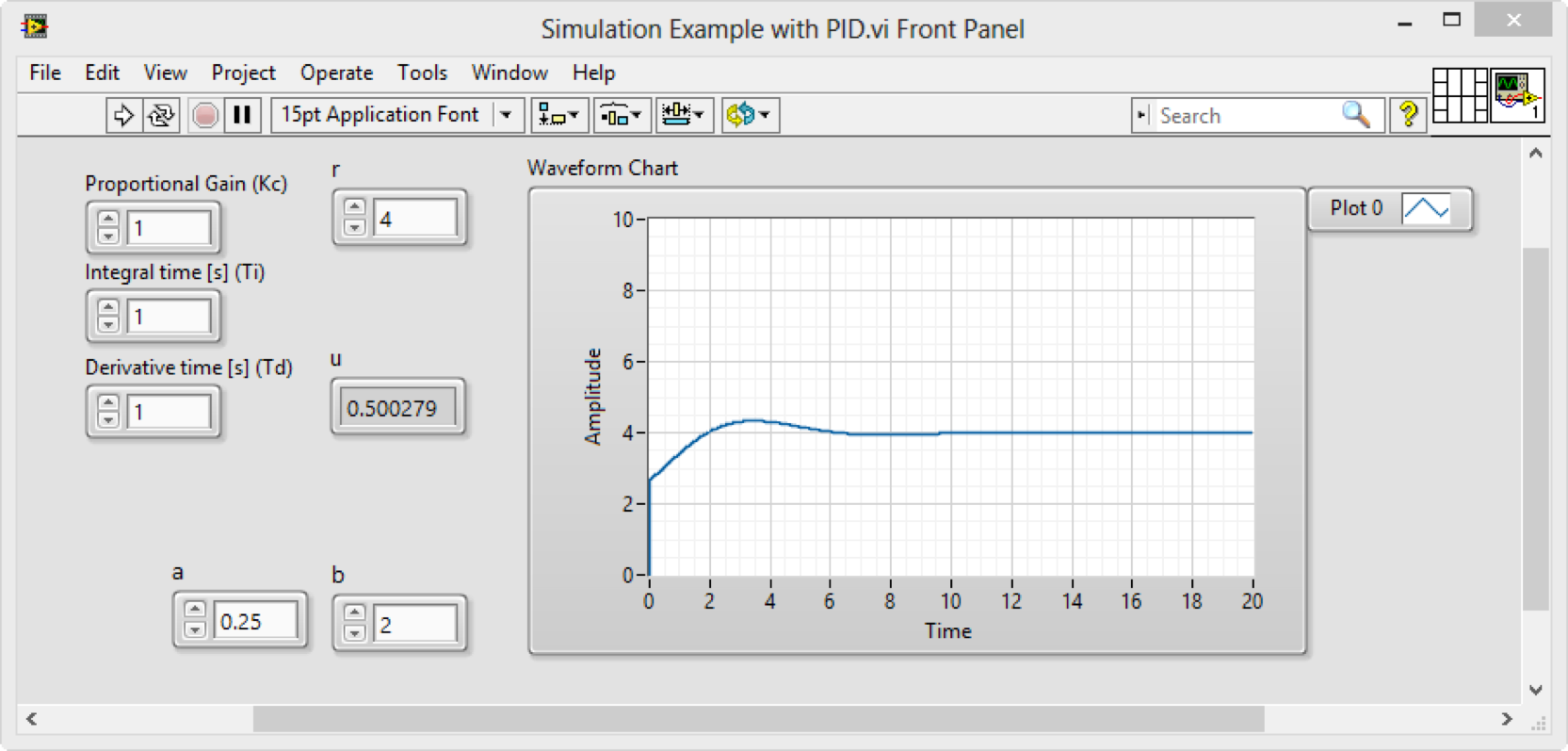


This will be compared to the original Duty Cycle variable and the comparison will act at the selector for the Case Structure. Create a Local Variable for the Duty Cycle.Place a While Loop to run continuously until the user presses the Stop button.Call the DAQmx Start VI this VI begins the pulse train generation.Additionally, choose Continuous as the sample mode. Note: The Implicit instance should be used when no sample timing is needed, such as in counter tasks like pulse train generation. Confirm you are in the Browse tab and navigate through the folders Hardware Input and Output > DAQmx > Counter Output.Navigate to Help > Find Examples. which will launch the NI Example Finder.Here is an example in the Community for implementing PWM with software timed digital I/O. If your application does not have tight requirements, with respect to speed and precision, a digital output can be used with software timing control for pulse train or PWM generation. After that, you can determine the best solution to your application: Software Times or Hardware Timed PWM. To implement PWM in NI-DAQmx, make sure you have investigated your hardware and the capabilities it has. This feature is only available in the modules that provide access to the chassis onboard counters.

cDAQ – look at number of counters on chassis in the user manual.C Series - Check if your C Series modules can access the counters or timers on your CompactDAQ (cDAQ) chassis or controller's backplane.Software-Timed) or Hardware-Timed in the user manual Other Digital Modules – check if they are Static (i.e.E, S, M and X series devices – Look at user manual.Please refer to your hardware's datasheet to see how many counters are available on that device and whether it can support PWM. Counters are preferable for generating PWM output. The implementation of the PWM generation and the pulse counting depends on the hardware that you are using.


 0 kommentar(er)
0 kommentar(er)
